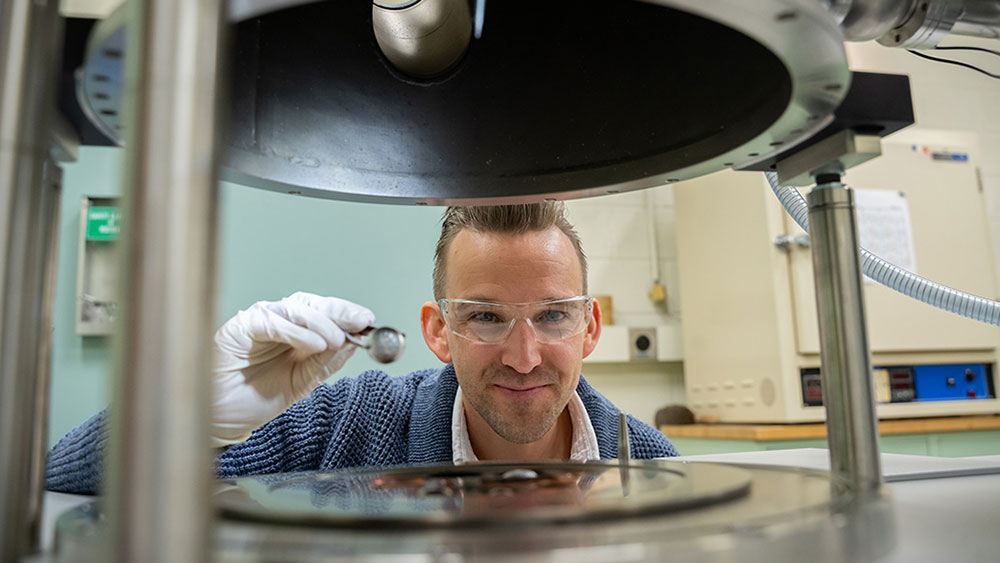M. King / NIST
I grew up outside Pittsburgh, widely known as “Steel City.” Although the city is no longer the center of steel or heavy manufacturing in America, its past remains a proud part of its identity.
|
ADVERTISEMENT |
Like many Pittsburghers, my family’s story is tied to this industrial legacy. My relatives immigrated there in search of work and found it at Westinghouse, a manufacturing giant of its day. I followed in their footsteps, becoming the fourth generation to work there. And like my ancestors before me, I supported manufacturing.
Throughout my time in Pittsburgh, I witnessed the decline of steel and associated industries, which hurt my hometown. As jobs were lost, families and communities struggled.
Industry experiences and my time in Pittsburgh shaped the path that eventually led me to NIST. I found materials science and the opportunity to research a topic deeply rooted in my hometown: steel.
…

Comments
Interesting Update
This is a great story! I enjoyed reading the thoughts and progress on innovations in steelmaking.
Add new comment